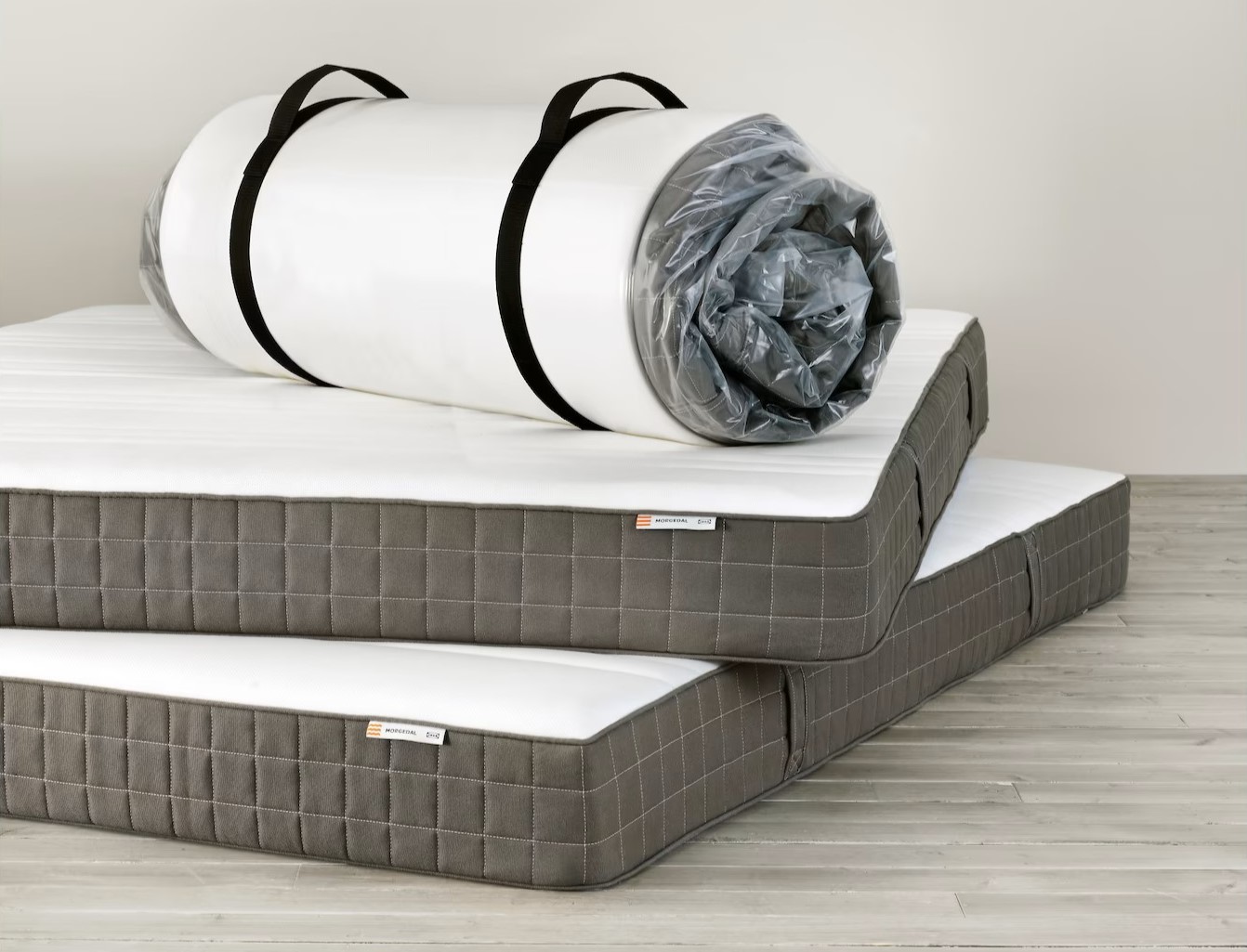

Articles
How To Store Foam Mattress
Modified: February 25, 2024
Learn the best practices for storing foam mattresses in this comprehensive guide. Read articles and tips on how to maintain the quality and prolong the lifespan of your foam mattress.
(Many of the links in this article redirect to a specific reviewed product. Your purchase of these products through affiliate links helps to generate commission for Storables.com, at no extra cost. Learn more)
Introduction
Storing a foam mattress properly is essential to ensure its longevity and maintain its quality. Whether you need to store your foam mattress temporarily during a move or for an extended period of time, following the right steps will help keep it in great condition. In this article, we will guide you through the process of storing a foam mattress effectively.
Foam mattresses have gained popularity in recent years due to their comfort and support. They are made from high-density foam, which conforms to the shape of your body and provides pressure relief. However, improper storage can result in the mattress losing its shape, developing odor, or even getting damaged.
By following the steps outlined in this article, you can ensure that your foam mattress remains in pristine condition, ready to offer you a good night’s sleep when you need it.
Key Takeaways:
- Properly storing a foam mattress involves thorough cleaning, vacuuming, spot cleaning, and allowing it to fully dry. Wrapping it in a plastic cover and selecting a suitable storage location are crucial for maintaining its quality and longevity.
- Regularly checking the foam mattress for pests, mold, sagging, tears, and unusual odors during storage helps prevent potential damage and ensures it remains in optimal condition for future use.
Read more: How To Store A Foam Mattress Topper
Step 1: Clean the Foam Mattress
Before storing your foam mattress, it’s important to clean it thoroughly. Over time, mattresses can accumulate dust, sweat, and other debris, which can lead to the development of unpleasant odors or even attract pests. Here’s how you can clean your foam mattress:
- Strip the bedding: Remove all bedding, including sheets, pillowcases, and mattress protectors.
- Vacuum the mattress: Use a vacuum cleaner with a brush attachment to remove dust, dirt, and any loose particles from the surface of the mattress.
- Spot clean any stains: If you notice any stains on your mattress, create a mixture of mild detergent and water. Gently dab the stained area with a clean cloth or sponge. Avoid soaking the foam as it can take a long time to dry.
- Deodorize the mattress: To remove any lingering odors, sprinkle baking soda over the entire surface of the mattress. Let it sit for a few hours to absorb any unpleasant smells. Then, vacuum it off using the brush attachment.
It’s essential to ensure that your foam mattress is completely dry before proceeding to the next step. Moisture can lead to mold or mildew growth, which can damage the foam and affect its quality.
By cleaning your foam mattress properly, you can eliminate dirt, odors, and stains, ensuring that it’s fresh and ready for storage.
Step 2: Remove All Bedding and Accessories
When preparing to store your foam mattress, it’s crucial to remove all bedding and accessories from it. This includes sheets, pillowcases, mattress protectors, and any other items that may be on or near the mattress. Here’s why it’s important:
1. Hygiene: Removing bedding and accessories allows you to clean and sanitize them separately. This helps maintain proper hygiene and prevents the transfer of dirt, allergens, and pests onto the mattress during storage.
2. Prevention of moisture buildup: Bedding and accessories can trap moisture between the layers, leading to the growth of mold or mildew. By removing them, you allow the mattress to breathe and prevent moisture buildup, which can damage the foam.
3. Protection from pests: Bedding and accessories can attract pests like bed bugs, dust mites, or moths. Removing them reduces the risk of infestation and ensures that your mattress remains pest-free during storage.
4. Convenience: Storing bedding separately makes it easier to access and use when you retrieve your mattress from storage. It saves you the hassle of searching through piles of stored items to find the necessary bedding.
Remember to launder and store your bedding and accessories in a clean and dry place to maintain their quality and ensure they are ready for use when you need them again.
By removing all bedding and accessories from your foam mattress, you ensure proper hygiene, prevent moisture buildup, protect against pests, and make the storage process more convenient.
Step 3: Vacuum the Mattress
Before storing your foam mattress, it’s important to thoroughly vacuum it to remove any dust, dirt, or allergens that may have accumulated on the surface. Vacuuming not only helps keep the mattress clean but also prevents these particles from settling deeper into the foam over time. Here’s how you can vacuum your foam mattress effectively:
- Prepare your vacuum cleaner: Make sure your vacuum cleaner is equipped with a clean brush attachment. This attachment is specifically designed for cleaning delicate surfaces like mattresses.
- Vacuum the mattress: Start at one corner of the mattress and slowly run the brush attachment over the surface, working your way to the other corners. Use gentle, overlapping strokes to ensure thorough coverage.
- Pay attention to seams and edges: Dust and dirt tend to accumulate in the seams and edges of the mattress. Take extra care to vacuum these areas, using the crevice tool or a smaller vacuum attachment to reach into tight spaces.
- Don’t forget the sides: Vacuum the sides of the mattress as well, as they can also collect dust and allergens. Use the brush attachment to remove any particles along the vertical edges.
- Repeat on the other side: Once you have vacuumed one side of the mattress, flip it over and repeat the process on the other side. This ensures that both sides of the foam mattress are thoroughly cleaned.
By vacuuming your foam mattress, you remove surface dust and allergens, keeping it clean and fresh during storage. Regular vacuuming also helps maintain the mattress’s overall hygiene and prolong its lifespan.
Remember to clean your vacuum cleaner and its attachments after use to prevent the transfer of dust and allergens onto other surfaces.
By following this step, you can ensure that your foam mattress is free from dust, dirt, and allergens before storing it, promoting a healthy sleep environment when you use it again.
Step 4: Spot Clean Any Stains
Before storing your foam mattress, it’s important to spot clean any stains to prevent them from setting in during the storage period. Stains can be caused by spills, accidents, or general wear and tear. Here’s how you can effectively spot clean stains on your foam mattress:
- Identify the stains: Carefully examine the mattress for any visible stains or spots. Common types of stains include food or beverage spills, body oils, or pet accidents.
- Mix a cleaning solution: Depending on the type of stain, create a suitable cleaning solution. For general stains, a mixture of mild detergent and warm water should suffice. For tougher stains, you may need to try specialized cleaners specifically designed for use on foam mattresses.
- Apply the solution: Dampen a clean cloth or sponge with the cleaning solution and gently blot the stained area. Avoid saturating the foam with liquid, as it can take a long time to dry and potentially lead to mold or mildew growth.
- Blot and repeat: Continue blotting the stain with the cleaning solution, using a clean section of the cloth or sponge each time. Be patient and persistent, as some stains may require multiple rounds of cleaning to fully remove.
- Rinse and dry: Once the stain has been removed, rinse the area with clean water to remove any residue from the cleaning solution. Pat dry with a clean towel or allow the mattress to air dry fully before moving on to the next step.
Spot cleaning stains on your foam mattress helps maintain its appearance and hygiene. It prevents stains from becoming permanent and ensures a clean surface when you’re ready to use the mattress again.
If you’re unsure about the best method or cleaning solution for a particular stain, it’s recommended to consult the manufacturer’s guidelines or seek advice from a professional cleaner.
By following this step, you can effectively spot clean any stains on your foam mattress and preserve its overall cleanliness and visual appeal.
Read more: How To Store Memory Foam Mattress
Step 5: Allow the Mattress to Fully Dry
Before storing your foam mattress, it’s crucial to ensure that it is completely dry. Moisture trapped within the mattress can lead to the growth of mold, mildew, and unpleasant odors. Follow these steps to allow your mattress to fully dry:
- Air out the mattress: After spot cleaning or any other cleaning process, let the mattress sit in a well-ventilated area. This allows air to circulate and helps expedite the drying process.
- Use fans or open windows: If possible, place fans near the mattress or open windows to promote air circulation and speed up the drying time. This can be particularly helpful if you live in a humid climate.
- Avoid direct sunlight: While sunlight can help dry the mattress, excessive exposure to sunlight can cause the foam to deteriorate and lose its shape. Place the mattress in a shaded area or cover it with a light-colored sheet to protect it from direct sunlight.
- Monitor drying progress: Check the mattress periodically to ensure it is drying properly. Depending on the humidity level and the size of the mattress, it may take several hours or even a couple of days for the mattress to completely dry.
It’s crucial to thoroughly dry your foam mattress before storing it to prevent any moisture-related issues. Storing a damp mattress can lead to mold growth, musty odors, and potential damage to the foam material.
Remember, patience is key. Rushing the drying process may result in incomplete drying, which can have long-term consequences for the condition of your mattress.
By allowing your foam mattress to fully dry, you ensure that it is in the best possible condition before storing it, protecting its quality and longevity.
To store a foam mattress, first clean and dry it thoroughly. Then, wrap it in a breathable cover and store it in a cool, dry place away from direct sunlight and moisture. Avoid bending or folding the mattress to prevent damage.
Step 6: Wrap the Mattress in a Plastic Cover
To protect your foam mattress during storage, it’s essential to wrap it in a plastic cover. This cover acts as a barrier against dust, dirt, moisture, and pests. Here’s how you can properly wrap your mattress:
- Choose the right cover: Select a plastic cover specifically designed for mattresses. These covers are typically made of durable, waterproof material that provides adequate protection.
- Size it correctly: Ensure that the plastic cover is the right size for your mattress. It should fit snugly without being too tight or loose. A properly fitted cover prevents dust and pests from getting inside.
- Place the mattress in the center: Position your foam mattress in the center of the plastic cover. Make sure it is aligned straight and symmetrical.
- Secure the cover: Starting from one end, pull the plastic cover tightly over the mattress, ensuring the entire surface is covered. Use tape or mattress straps to secure the cover in place. Make sure there are no gaps or loose areas where dust or pests can enter.
- Seal the edges: If your plastic cover has a zipper or Velcro closure, use it to seal the cover tightly. If not, ensure that the open end is folded down and taped securely to prevent any openings.
Wrapping your foam mattress in a plastic cover provides an additional layer of protection against moisture, dust, and pests. It keeps the mattress clean and ensures it stays in optimal condition during storage.
Remember to use a breathable plastic cover that allows air to circulate, preventing the buildup of condensation and mold growth. Avoid using regular plastic bags, as they can trap moisture and cause damage to the foam.
By properly wrapping your foam mattress in a plastic cover, you safeguard it from potential damage and ensure it remains clean and hygienic throughout the storage period.
Step 7: Store the Mattress in a Cool and Dry Place
When it comes to storing your foam mattress, choosing the right location is crucial. Ideally, you should store your mattress in a cool and dry place to ensure its longevity and prevent any damage. Here are some key considerations for selecting the storage location:
- Avoid areas prone to temperature extremes: Extreme temperature fluctuations can affect the integrity of the foam material. Avoid storing your mattress in areas that are exposed to direct sunlight, as excessive heat can cause the foam to degrade. Similarly, extremely cold temperatures can make the foam material brittle.
- Prevent moisture buildup: Moisture is the enemy of a foam mattress, as it can lead to the growth of mold and mildew. Choose a storage area that is dry and well-ventilated. Avoid basements, attics, or areas with high humidity levels.
- Elevate the mattress: It’s best to place your mattress on a pallet, rack, or elevated platform to prevent it from sitting directly on the floor. This helps prevent moisture absorption and allows for better air circulation. If using a pallet, ensure it is clean and free from any debris that could transfer onto the mattress.
- Protect from pests: Avoid storing your mattress in areas that are prone to pests, such as rodents or insects. Use pest deterrents like mothballs or cedar blocks to prevent any unwanted visitors from causing damage to the mattress.
- Consider climate-controlled storage: If you live in an area with extreme temperature or humidity conditions, or if you’re storing the mattress for an extended period, it may be worth investing in a climate-controlled storage unit. These units provide a stable environment that protects your mattress from temperature and humidity fluctuations.
By storing your foam mattress in a cool and dry place, you ensure that it remains in optimal condition. The right storage location helps protect the foam material, maintain its shape, and prevent any issues caused by temperature or moisture.
Remember to keep the mattress in a clean environment, away from any potential sources of damage, such as sharp objects or chemicals.
By following this step, you create the ideal storage environment for your foam mattress, prolonging its lifespan and preserving its quality.
Step 8: Avoid Placing Heavy Objects on Top of the Mattress
When storing your foam mattress, it’s important to remember that it is a delicate item that can easily be damaged by excessive weight or pressure. To ensure the longevity and integrity of your mattress, follow these guidelines to avoid placing heavy objects on top of it:
- Resist the temptation to stack items: While it may be tempting to use your mattress as a storage surface, avoid stacking other items on top of it. Excessive weight can cause the foam to compress, lose its shape, or even develop permanent indentations.
- Avoid placing furniture or appliances on the mattress: Never place heavy furniture pieces, appliances, or any heavy objects directly on top of your foam mattress. The weight can deform the foam, leading to long-term damage.
- Be cautious during transport or moving: When moving the mattress, be mindful of the pressure applied to it. Avoid placing heavy boxes or items on top of the mattress in the moving truck or during transportation to prevent any potential damage.
- Consider using a mattress support or frame: If you need to elevate or store the mattress off the ground, use a sturdy mattress support or frame that evenly distributes the weight of the mattress. This helps prevent sagging or excessive pressure on specific areas of the foam.
By avoiding the placement of heavy objects on top of your foam mattress, you can preserve its shape, support, and overall quality. This precautionary measure ensures that your mattress remains in optimal condition during the storage period.
Remember, foam mattresses are designed to provide comfort and support, but they are not intended to withstand heavy loads or pressure. Treat your mattress with care to maintain its integrity and prolong its lifespan.
By following this step, you protect your foam mattress from potential damage caused by excessive weight or pressure, ensuring it remains in good condition for future use.
Read more: How To Roll A Foam Mattress
Step 9: Check the Mattress Regularly for Any Issues
Even though your foam mattress is safely stored, it’s important to periodically check it for any signs of damage or issues. Regular inspections can help you identify and address any problems before they worsen. Here’s how you can check your mattress for issues during storage:
- Inspect for signs of pests: Look for any signs of pests such as droppings, chew marks, or evidence of infestation. If you notice any, take immediate action to prevent further damage.
- Check for mold or mildew: Keep an eye out for any visible signs of mold or mildew. These can appear as dark spots or a musty smell. If detected, take appropriate measures to address the issue and prevent it from spreading.
- Look for signs of sagging or indentation: Examine the surface of the mattress for any visible signs of sagging or indentations. These can occur over time, especially if the mattress has been storing heavy objects on top of it. If you notice significant changes in the shape or support of the mattress, it may be time to consider replacing it.
- Check for tears or damage to the cover: Inspect the cover of the mattress, looking for any tears, rips, or damage. If the cover is compromised, it may affect the overall protection and cleanliness of the mattress.
- Sniff for any unusual odors: Give the mattress a quick sniff to check for any unusual or foul odors. Odors can be a sign of mold, mildew, or other issues. If you notice any strong or unpleasant smells, take the necessary steps to eliminate them.
By regularly checking your foam mattress during storage, you can address any issues promptly and prevent further damage. This proactive approach ensures that your mattress remains in good condition and ready for use when you retrieve it from storage.
If you discover any significant issues or have concerns about the condition of your mattress, it may be wise to consult a professional or the manufacturer for advice on how to proceed.
By following this step, you can catch and address any potential issues with your foam mattress before they become major problems, ensuring the mattress remains in the best possible condition throughout its storage period.
Conclusion
Properly storing your foam mattress is essential to maintain its quality and ensure that it remains in optimal condition. By following the steps outlined in this article, you can effectively prepare your foam mattress for storage and protect it from potential damage. Here are a few key takeaways:
Firstly, clean your foam mattress thoroughly, removing any bedding and accessories. Vacuum the mattress to eliminate dust and debris, and spot clean any stains to prevent them from setting in. Allow the mattress to fully dry before proceeding to the next step.
Wrap the mattress in a plastic cover to provide protection against dust, dirt, moisture, and pests. Ensure the cover fits snugly and secure it tightly to prevent any openings or gaps.
Select a cool and dry storage location for your mattress, avoiding areas with extreme temperatures or high humidity levels. Elevate the mattress off the ground and prevent the placement of heavy objects on top of it to avoid compressing or damaging the foam material.
Lastly, regularly check the mattress for any signs of pests, mold, mildew, sagging, tears, or unusual odors. Address any issues promptly to prevent further damage or deterioration.
By following these steps and implementing proper storage practices, you can extend the lifespan of your foam mattress and ensure that it remains in excellent condition for years to come.
Remember, it’s always a good idea to consult the manufacturer’s guidelines for specific instructions or seek professional advice if you have any concerns about storing your foam mattress.
Take the time to properly store your foam mattress, and it will be ready to provide you with a comfortable and restful sleep when you need it again.
Frequently Asked Questions about How To Store Foam Mattress
Was this page helpful?
At Storables.com, we guarantee accurate and reliable information. Our content, validated by Expert Board Contributors, is crafted following stringent Editorial Policies. We're committed to providing you with well-researched, expert-backed insights for all your informational needs.
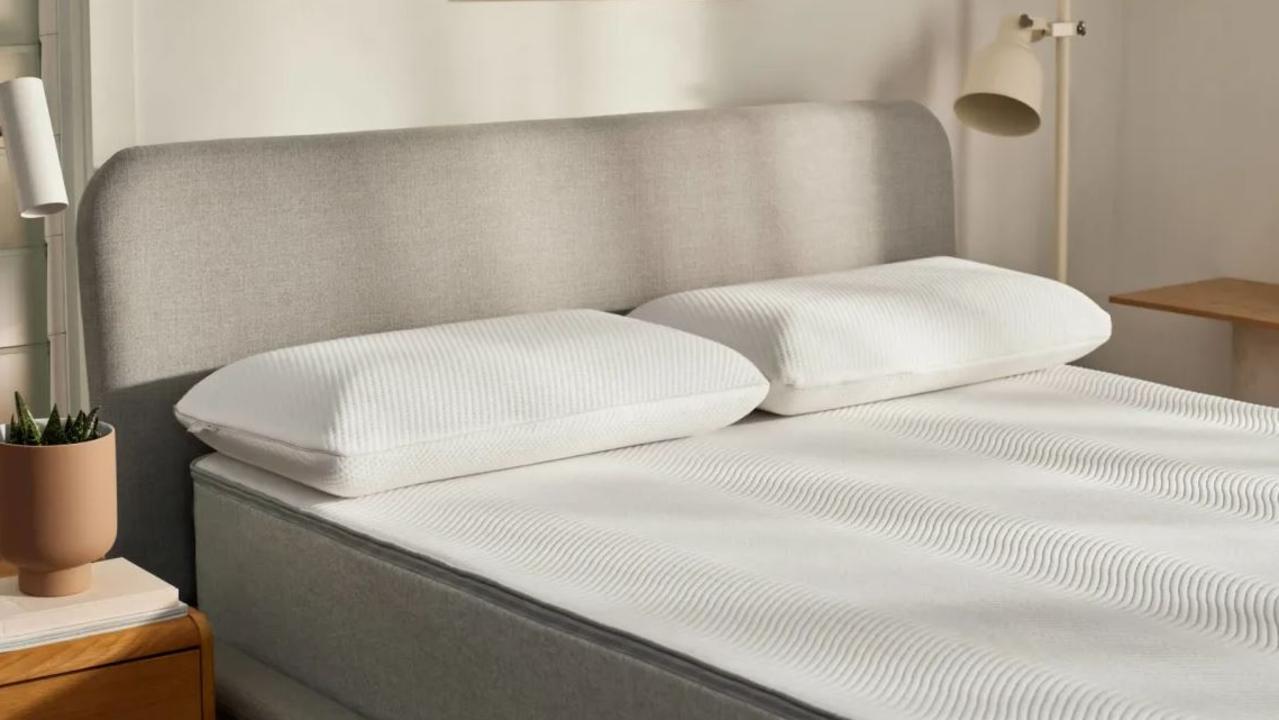
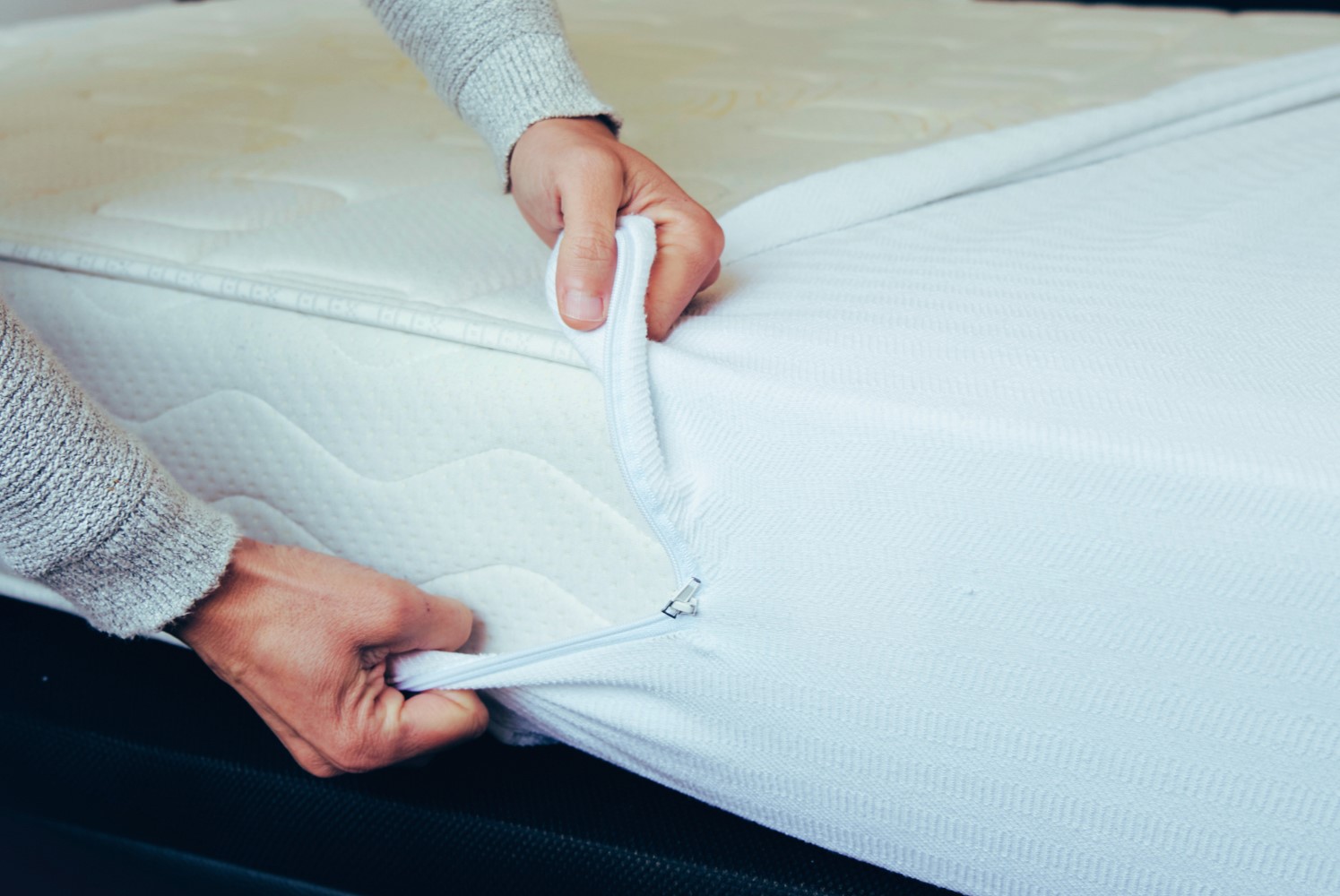
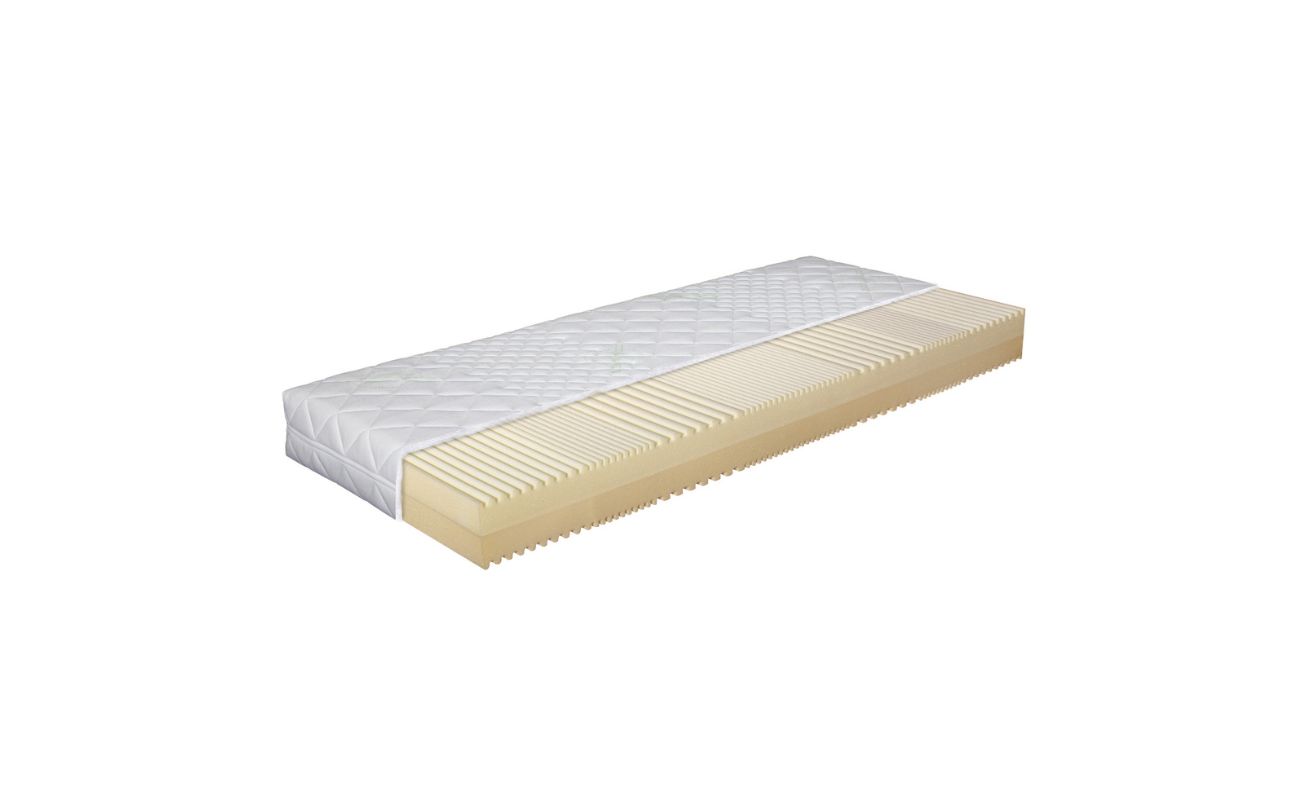


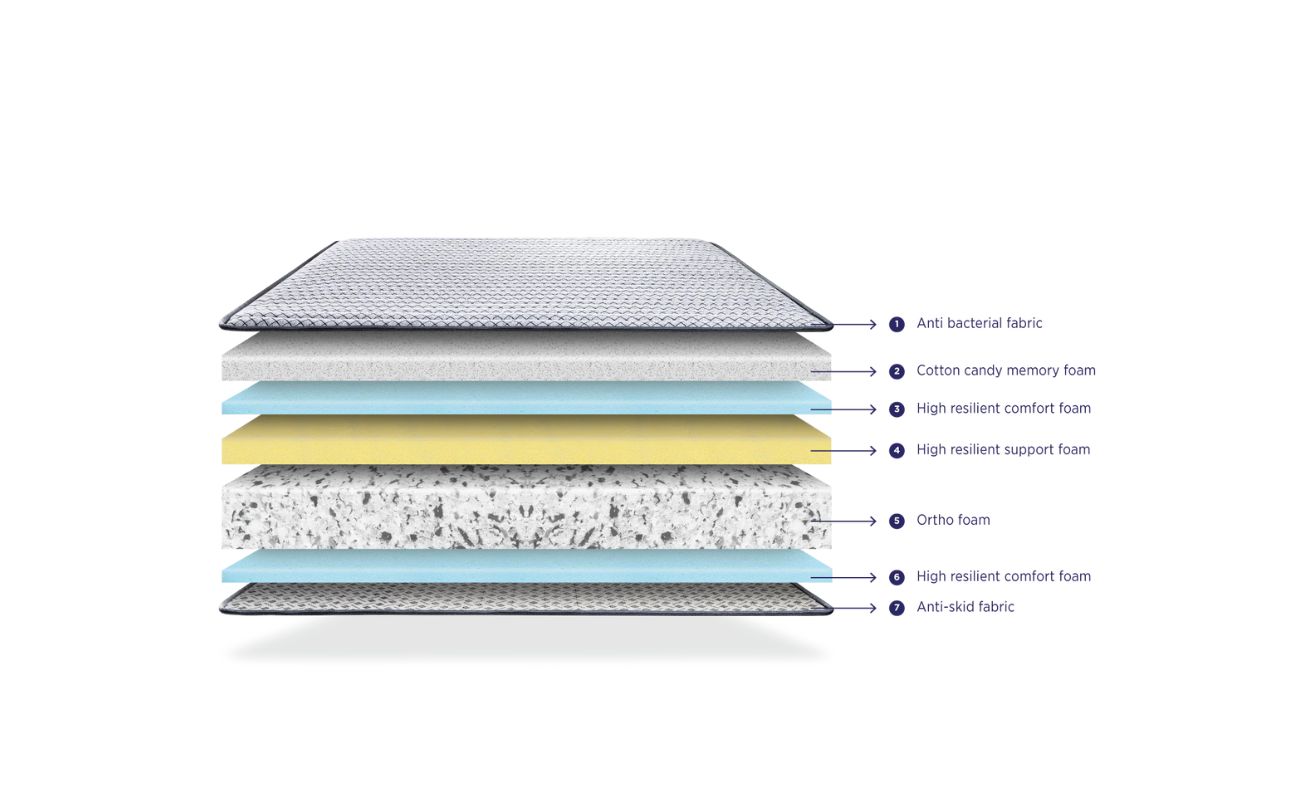


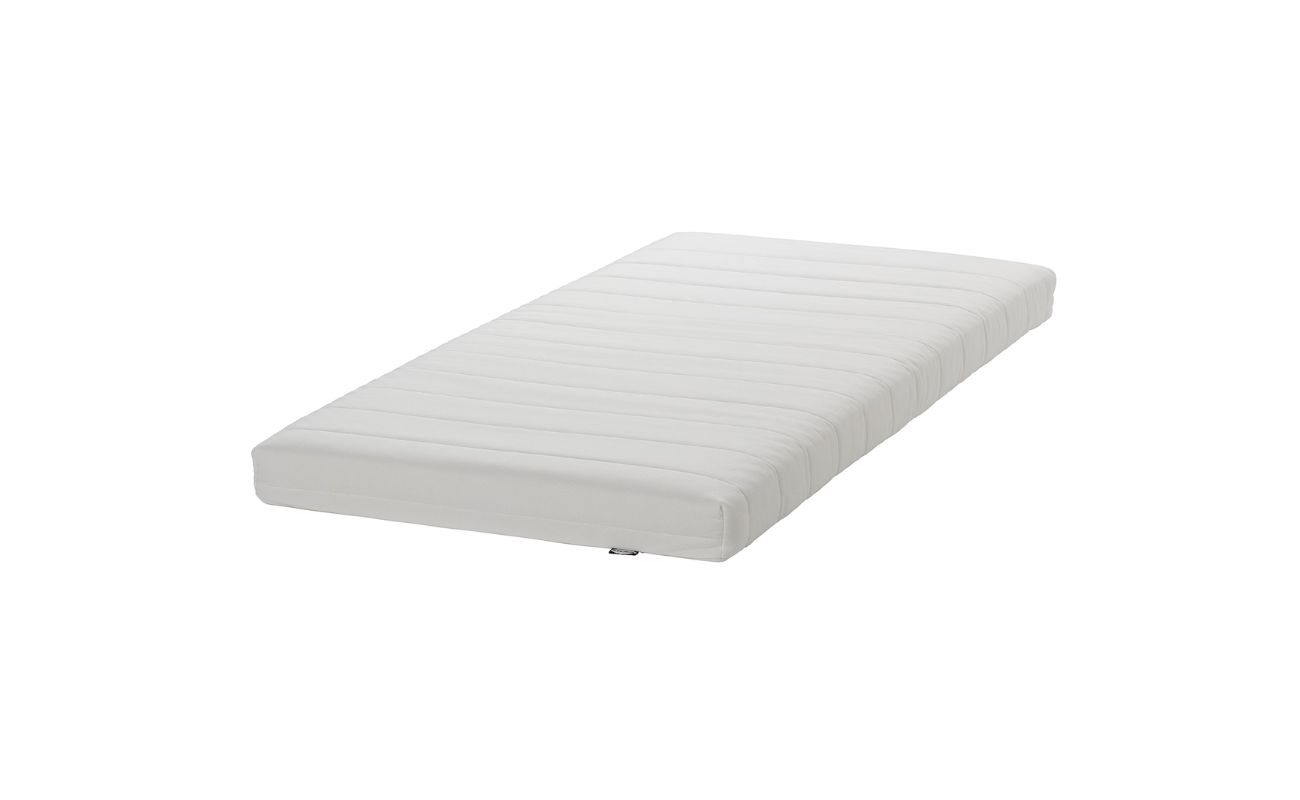

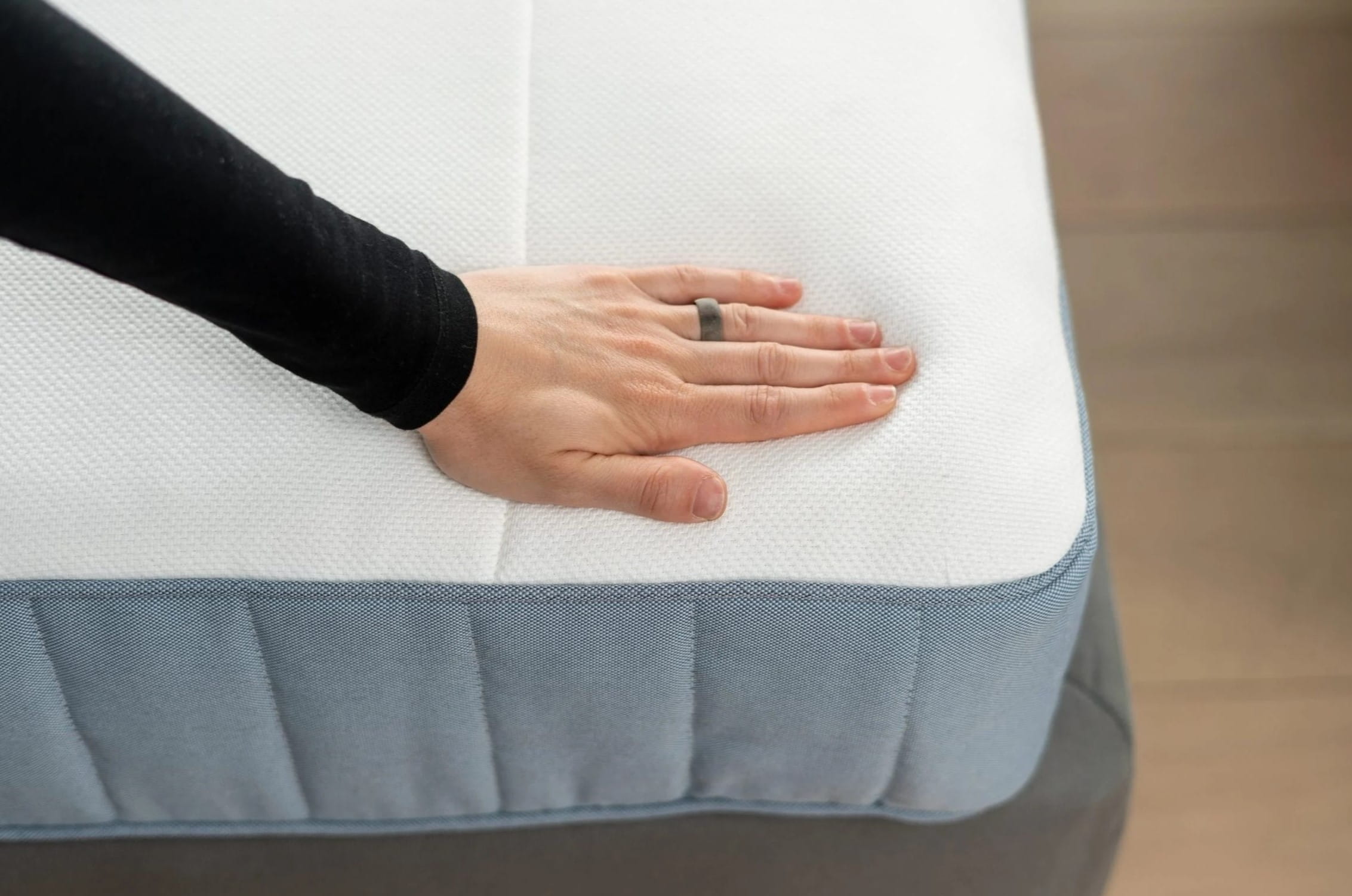
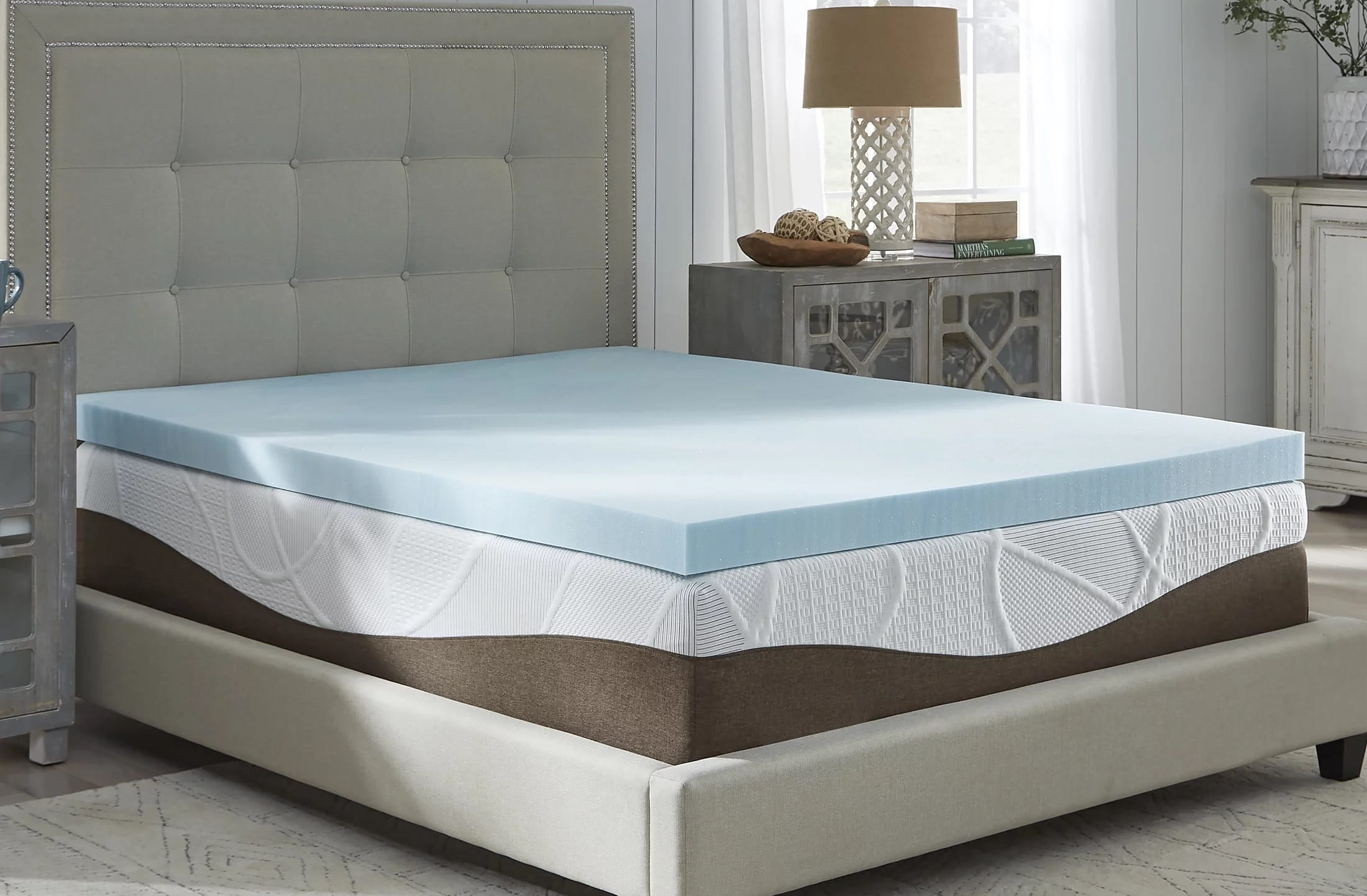
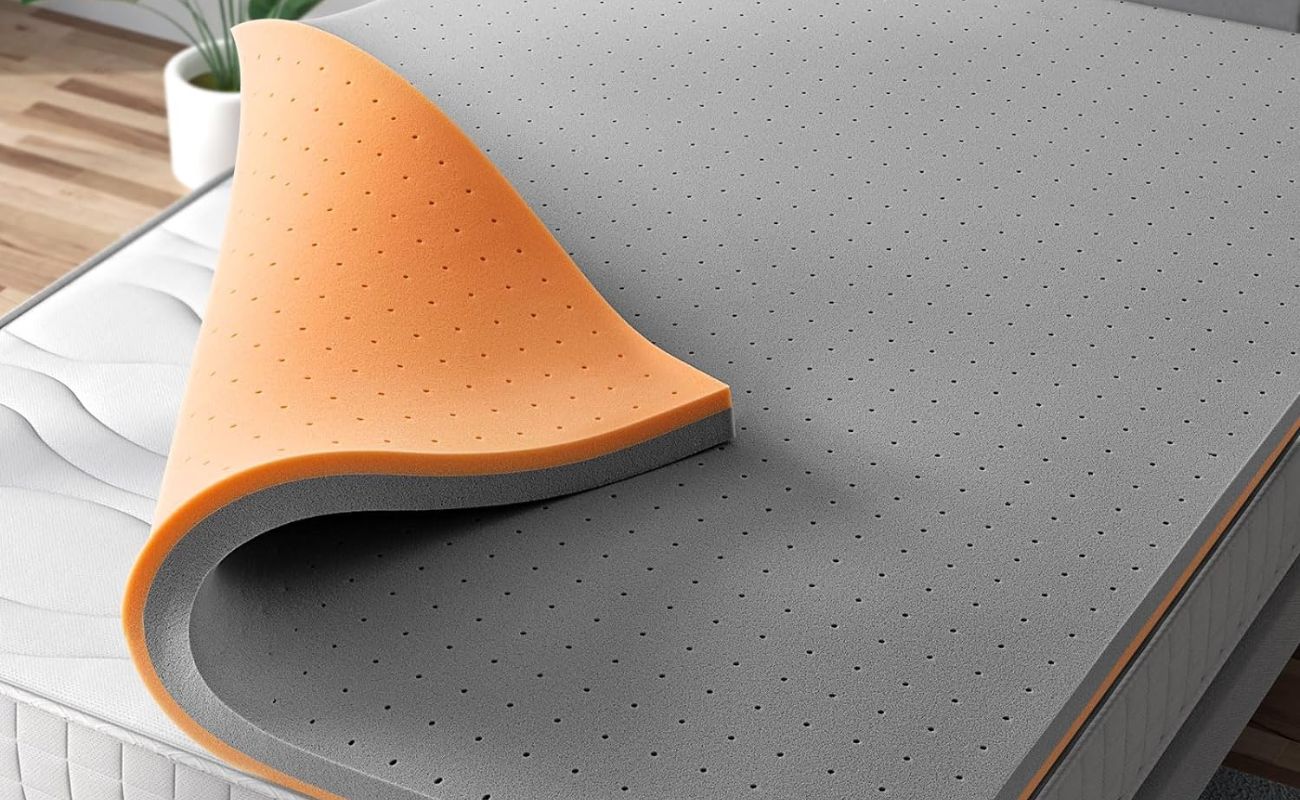

0 thoughts on “How To Store Foam Mattress”